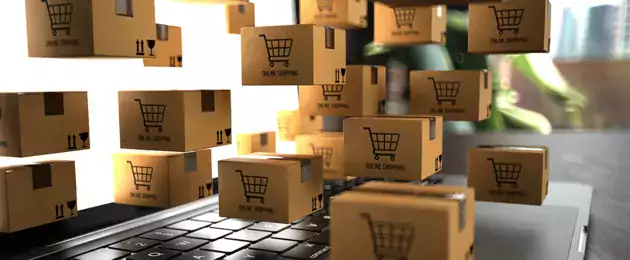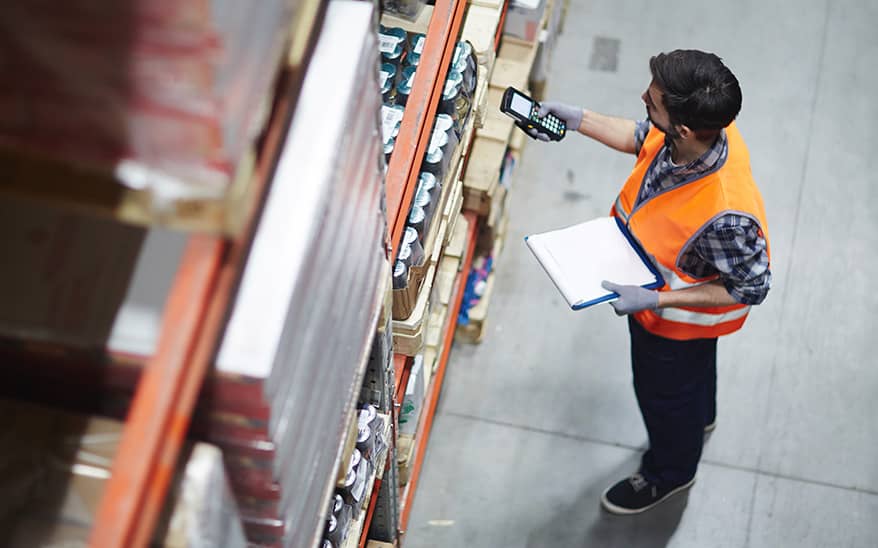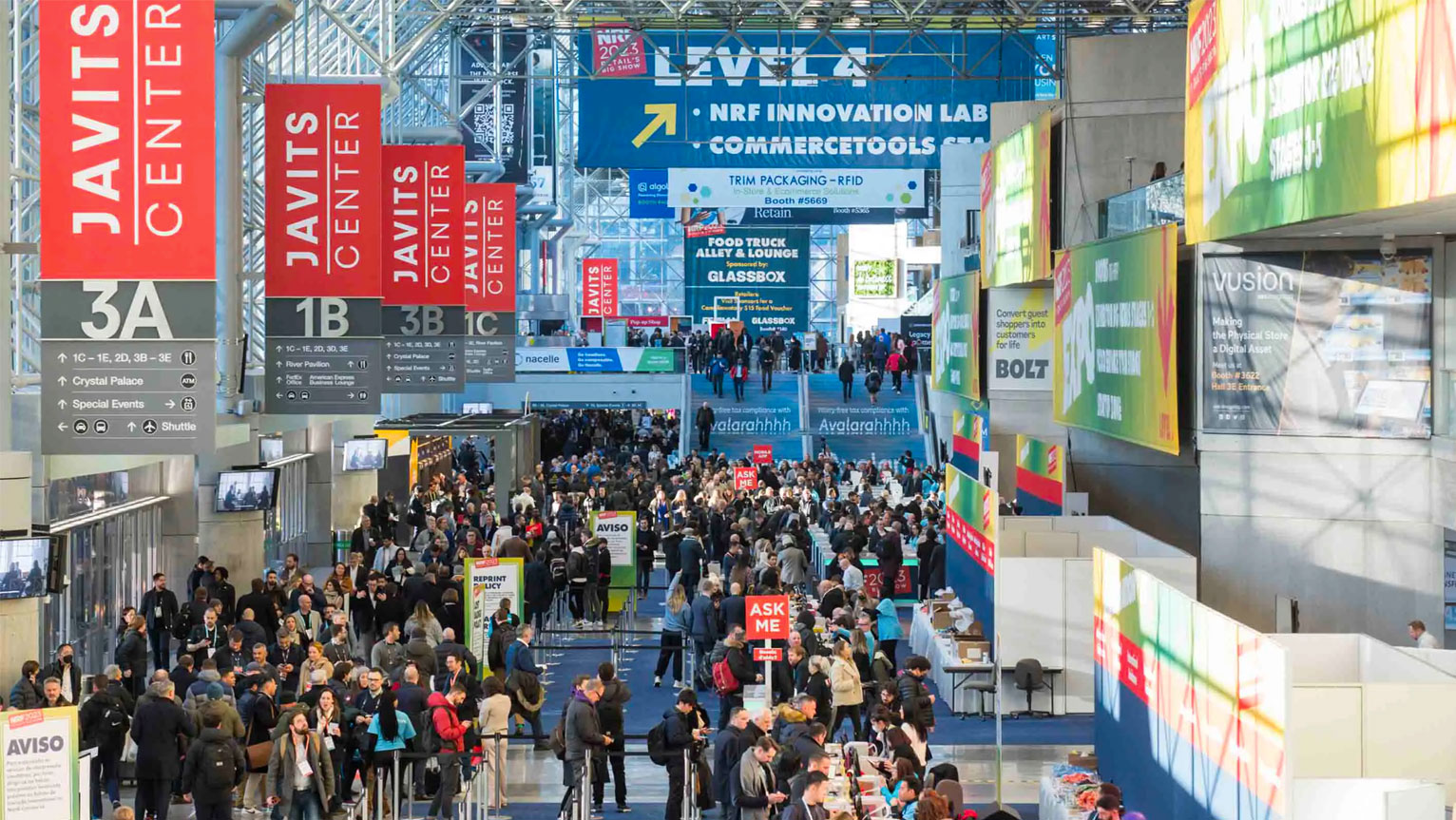5 Ways Covid-19 Changed Retail & Supply Chains For Good
- 17 February 2022
- By Manhattan Staff

Whether a crisis lasts weeks, months or years, it is clear that the global response to the pandemic has fundamentally changed consumer realities & the retailers they do business with.
Whether it’s political upheaval causing shortages in microchips for cars or electrical devices, volcanoes grounding international travel or more recently, a global pandemic, consumer behaviour has significantly changed & it's time to face that fact & start adapting, now!
Below are five key ways the pandemic changed the retail industry & a brief description about why looking back is so very important to moving forward in the right direction when it comes to retail & the supply chains that underpin it.
THE IMPORTANCE & WELLBEING OF EMPLOYEES
First & foremost the pandemic was a human challenge. Sure it impacted industries, economies & governments all over the globe, but it was people that felt its effects so deeply at home & in their professional capacities.
One of the brighter silver linings from the pandemic has been the emphasis it shone on the importance of people overall - especially in the retail & supply chain spaces.
This shift in thinking around employees is leading to higher wages, more workplace engagement & smarter, more intuitive systems, not to mention a greater awareness & discussion around the mental & physical well-being of employees in stores, warehouses & delivery routes
It has provided a good dose of humanity & recognition for the people who have been (& indeed remain) responsible for keeping commerce running in the face of huge challenges.
THE UNSTOPPABLE ACCELERATION OF ECOMMERCE
Customers shopped online before the pandemic, but a desire to limit physical contact with stores unleashed new demand & encouraged retailers to roll out new options, resulting in new consumer habits & expectations.
While consumers around the globe continue to shop at stores, increasingly they also schedule curbside pickup, click & collect services, & even sign up for store-to-door grocery delivery services.
Retailers also ratcheted up their use of stores as fulfilment centres too. Gap & Belk both said they doubled down on turning stores into mini warehouses (or dark stores), particularly when people couldn’t visit malls to shop. While Target said it used stores to fulfill more than 90% of its second-quarter 2020 sales.
As consumer behaviours continue to evolve, expect ecommerce, along with the blended, hybrid options for fulfilment (that many brands are now offering) to only gather pace. What you need to do, is ask; ‘are we equipped to deal with these new hybrid customer expectations?’
CONTACTLESS SHOPPING EXPERIENCES
Given the safety concerns of the last two years, consumers opted for contactless cards & it turns out they liked it! Mobile payments & even options such as ‘pay-by-link’ over handling cash have grown in popularity shifting the emphasis from touching traditional POS terminal keypads.
Several players acted quickly in response: Mastercard which reports that 75% of its transactions in Europe are contactless, raised the limits for contactless payments across 29 European countries to remove the need of a PIN; Walmart modified self-checkout stations to make these systems contactless; & Publix Super Markets sped up tech transition to accept contactless payments ahead of intended plans.
Prolonged social distancing has further ingrained this ‘touch-free’ consumer habit, which now seems firmly here to stay.
REIMAGINED STORES
As the boom in online shopping continues, the last-mile delivery market has matured. Curbside & click & collect pickup has become a mainstay for many retail brands, with many more expected to follow suit in 2022.
While retailers could lose out on upsell from consumers browsing their physical stores, retailers need to explore more pickup options in order to find a way to control delivery costs that cut into margins.
Brands also need to reimagine the fundamental function of what a store is & what it can do. Stores are no longer simply the brand showroom for customers to browse at their leisure, now they are fulfilment & returns hubs for all manner of goods purchased in every different way you could imagine, including; online, from different store locations, in-app or maybe even via social media.
The pandemic caused retailers to rethink the philosophy behind the store: the result, today’s stores are supply chain hubs (including all the backroom inventory & fulfilment technology needed to make it run smoothly), rather than simply the traditional retail showroom with its rather perfunctory capabilities.
MAKE A CUSTOMER, NOT A SALE
With less literal face-to-face time, retailers have had to think long & hard about the impact these massive changes have had on their customer bases & the effects on the customer relationship.
For example; how do you maintain trust in your brand & your products & services when everything has to be done remotely or virtually? How will you reset expectations once the challenges of the pandemic have passed? Or indeed, how will you recover the customer experience in the future?
The pandemic changed the ways brands look at, build & foster customer loyalty, to the point where shoring up the customer relationship has now become just as important as shoring up the bottom line.
However, this is not without its own challenges & the need for added investment in technology & processes is important.
Pulling together increasingly disparate online threads in order to create an accurate profile of a digital customer is a must, while having this information available in a unified system of backend supply chain & customer-facing retail solutions is the key to customer loyalty (& also increased sales) in a post-pandemic world.





